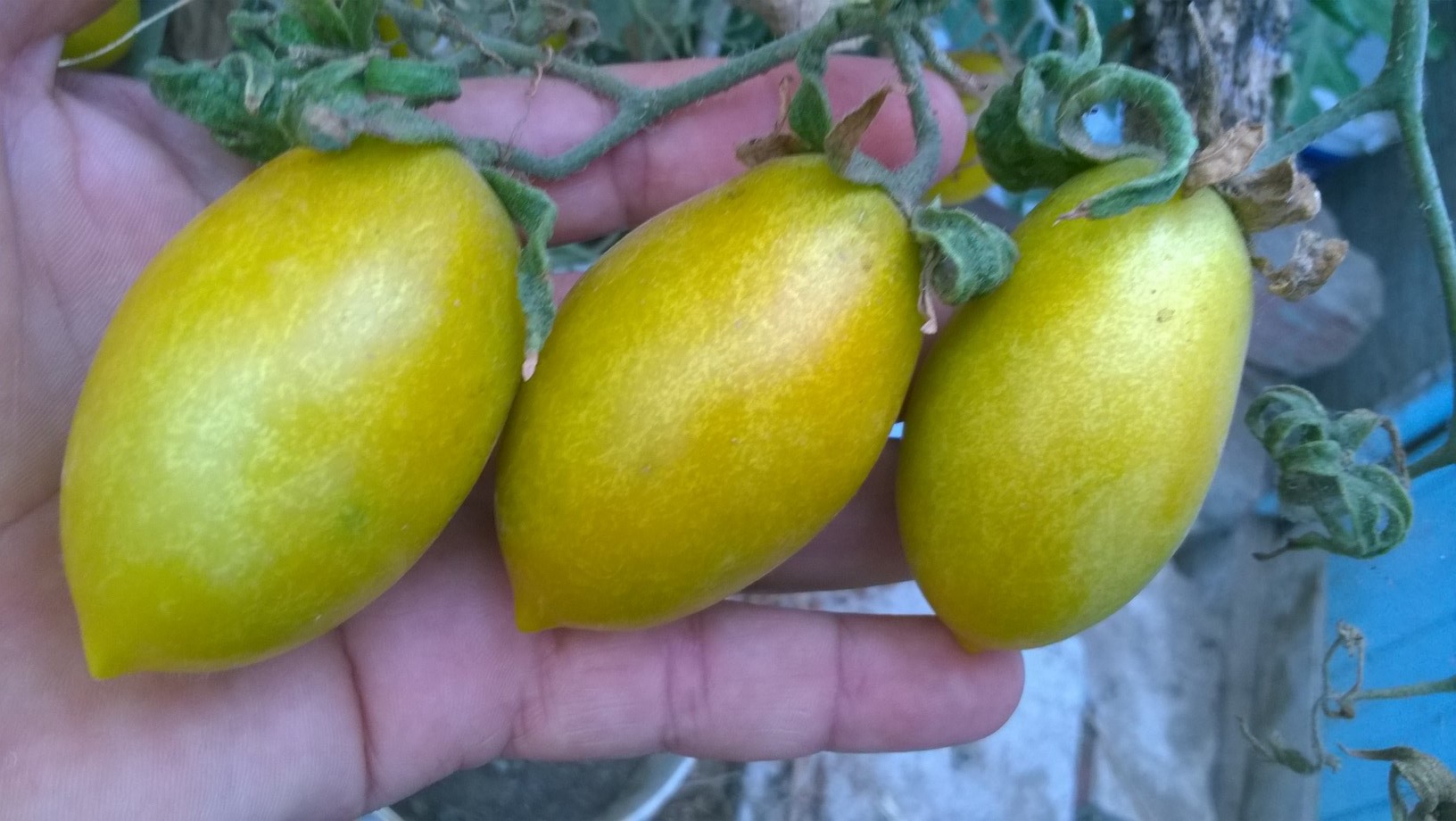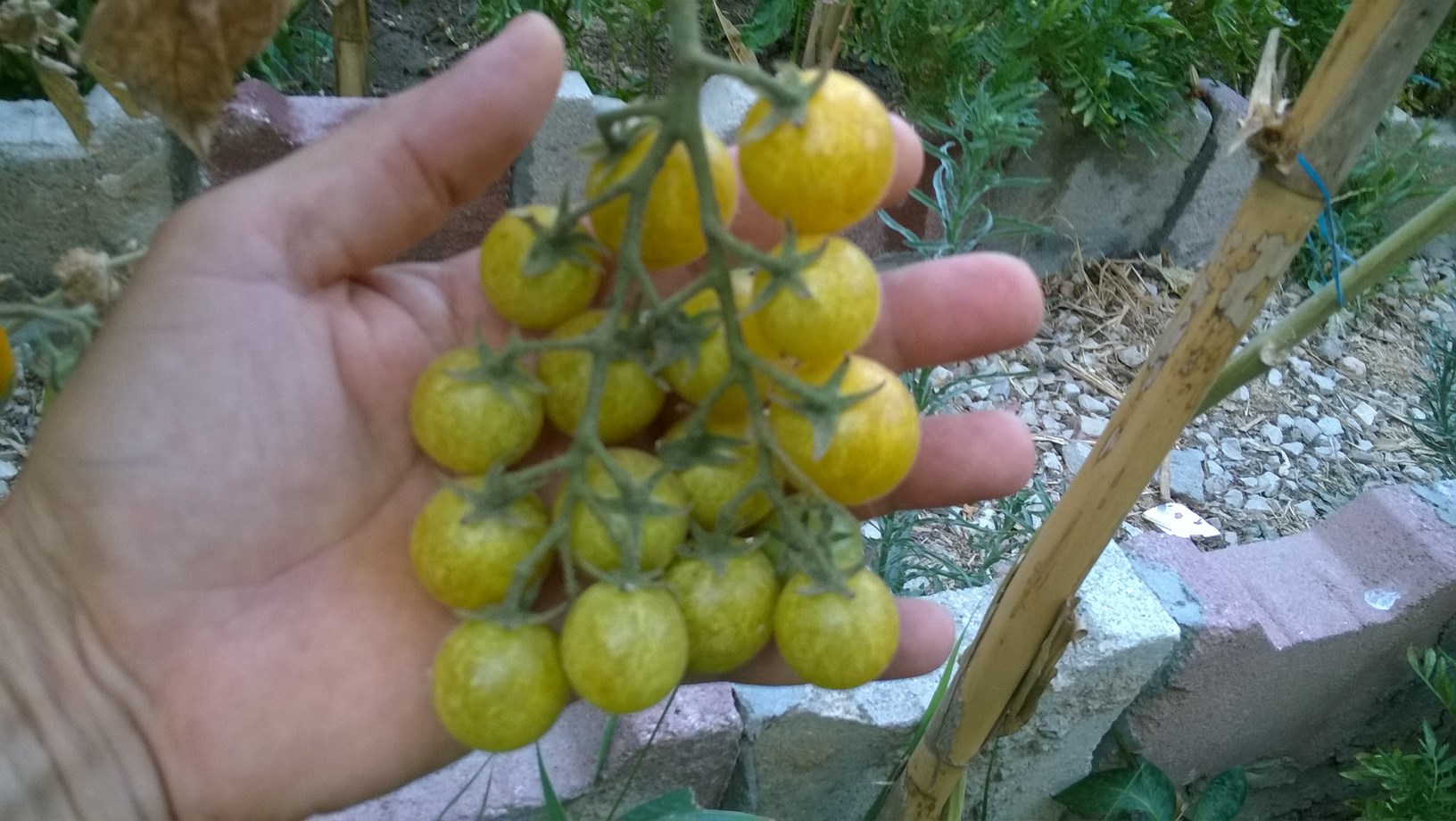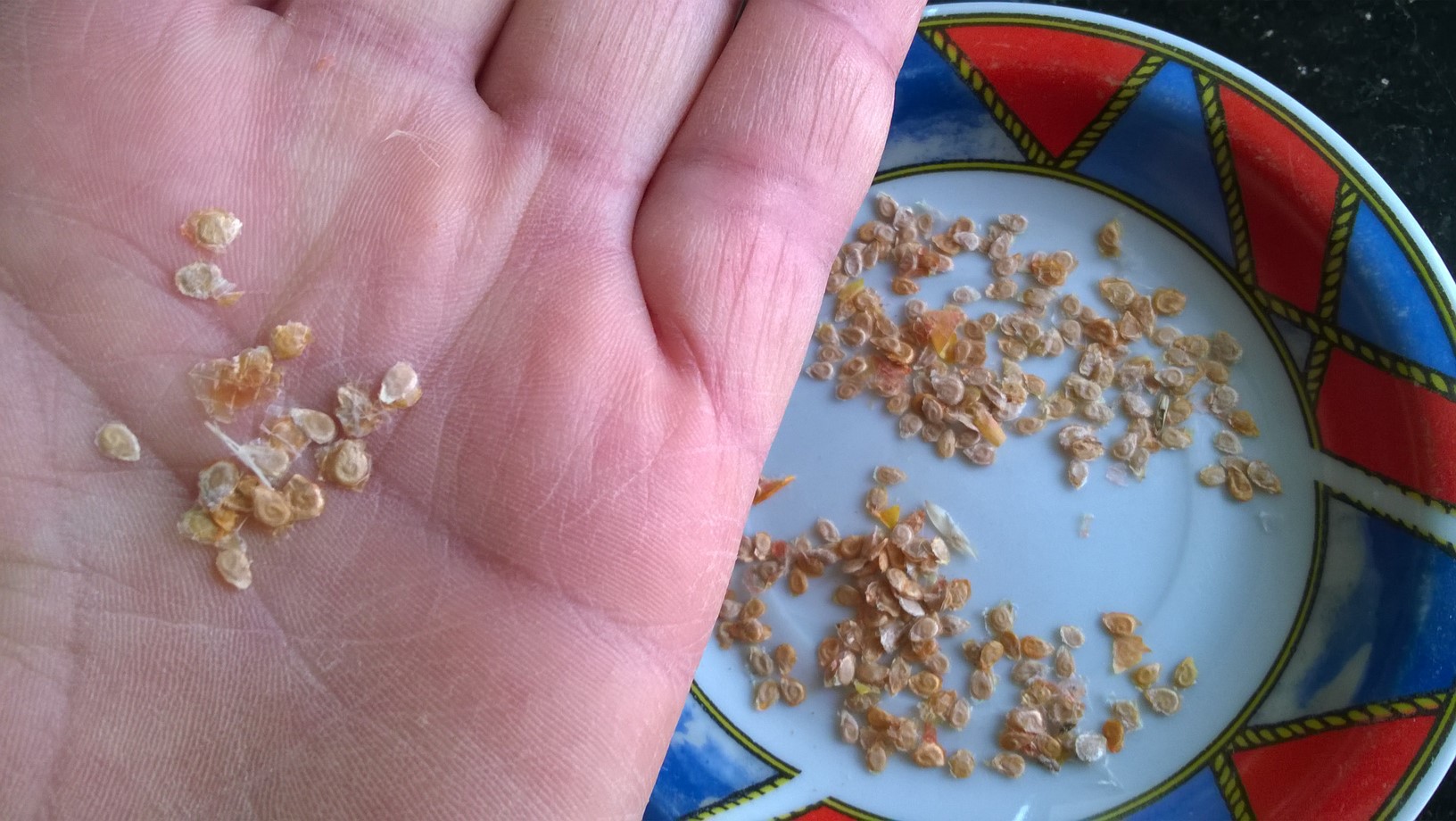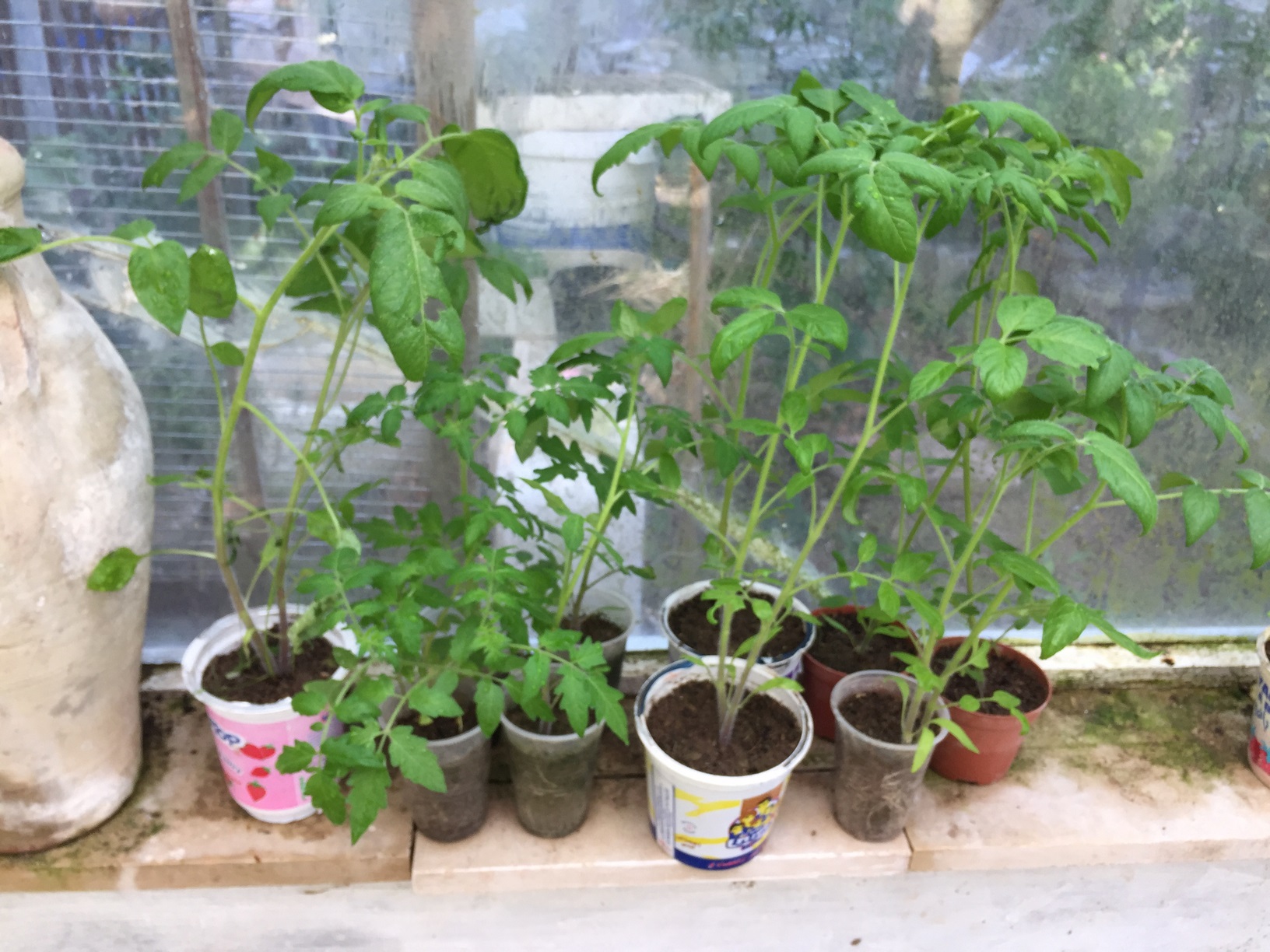History of tomato plant
The first variety to reach Europe was yellow in color, since in Spain and Italy they were known as pomi doro, meaning yellow apples. Italy was the first to embrace and cultivate the tomato outside South America. The French referred to the tomato as pommes d'amour, or love apples, as they thought them to have stimulating aphrodisiacal properties. Tomatoes were originally grown in Britain and the rest of Europe as ornamental climbers and were cultivated for their decorative leaves and fruit. The first British tomato grower was Patrick Bellow of Castletown who successfully reared plants from seeds in 1554. Tomatoes are now the most widely grown vegetable in the world.
If you grow fruits and vegetables, chances are you've thought of growing tomatoes. With so many varieties, delicious flavors, and health benefits, what's not to love? With proper care in the planting, growing, and harvesting stages, you can enjoy a successful crop this year and for years to come. You can learn how to grow tomatoes by following some simple strategies.
How To Grow Tomatoes
What to choose and which type is best suited for your particular garden depends on a few things – how much space you have to devote to tomatoes, if you need or want to grow in pots or planters, how many tomatoes you can or want to handle at once and if you want most of your tomatoes in one harvest or prefer to get a few at a time.
Here are a few things to consider:
2. Consider the size of the mature plants.
3. Find out which diseases are common in your area and select resistant varieties whenever possible.
Determinate and Indeterminate Tomatoes
Determinate tomato:
Are varieties that grow to a fixed mature size and ripen all their fruit in a short period, usually about 2 weeks. Once this first flush of fruit has ripened, the plant will begin to diminish in vigor and will set little to no new fruit. Determinate tomato varieties are often referred to as (bush) tomatoes because they do not continue growing in length throughout the growing season. They are generally smaller plants than indeterminate tomatoes, with most growing to a compact 4-5 ft.tall. Despite their compact size, staking or caging is recommended, because they will be supporting a very heavy load, once all of their fruits are set and begin to plump up and ripen. Growing a determinate tomato makes good sense when you want a lot of tomatoes all at one time, such as when you want to make tomato sauce.
Indeterminate tomato:
Indeterminate tomatoes are perfect for the home gardener who wants a smaller harvest several times during the season instead of one large batch at once. The amount of fresh tomatoes on your kitchen counter is easily controlled by how many plants are in the garden. Indeterminate tomatoes get very large, up to 6 feet tall, and produce fruit throughout an entire growing season until climate conditions become too cold. Support for these tomatoes is essential for good harvests and to keep the plants healthy.
You can choose what works best for your garden!
It’s a good idea to grow a range of varieties, including at least one or two disease-resistant types, since, of all veggies, tomatoes tend to be the most susceptible to disease.
Research has shown that organic, homegrown tomatoes have a much more complex chemistry than commercially produced fruits. Not only does chemistry equal a greater depth of flavour, it is also likely that homegrown tomatoes are healthier with higher levels of the pigment ‘Lycopene’. Lycopene has been shown to help unclog blocked arteries and is thought to be one of the reasons the Mediterranean diet is so healthy. The other big bonus with growing your own tomatoes is the amazing variety of size, shape, colour and flavour there is available. Tomatoes are long-season, heat-loving plants that won't tolerate frost, so it's best to set them into the garden as transplants (young plants) after the weather has warmed up in spring. You can purchase tomato transplants, but there's something especially rewarding about starting your own plants indoors. Plus, by growing your own transplants, you can choose from among hundreds of tomato varieties that are available as seed but rarely sold as transplants.
When you start with seeds, you have full control over the type of tomatoes you want to grow. Since tomatoes are heat lovers, most gardeners don't have growing seasons long enough to start tomatoes from seed outdoors. To get around that, tomato seeds are often started indoors.
The best tomato seedlings are short and stubby rather than tall and thin.
- Thoroughly moisten the seed-starting mix, and then fill the containers to within 1/2" of the top.
- Firm the mix, but don't compact it.
- Place two or three seeds into each small container or each cell of a seed starter then Cover the seed with about 1/4" of soil and gently firm it over the seeds
- Water. You don't need to soak the soil, just moisten the top layer.
- Place the pots in a warm spot.
- Keep the mix moist but not soaking wet. Lay some plastic kitchen wrap over the tops of the pots.
- Check pots daily. As soon as you see sprouts, remove the covering and place the pots in a sunny window or under grow lights, keeping the lights just an inch or two above the tops of the plants.
- The young seedlings need to be kept at 18 °C (64 °F).
The best tomato seedlings are short and stubby rather than tall and thin.
Tomato plants are ready for thinning when seedlings reach 2–3 weeks of age or approximately 3–4 inches in height. When choosing which seedlings to pull and which to leave, keep the larger, more-developed seedlings and remove weaker, smaller seedlings. Thinning seedlings means to remove all or part of a plant to make room for the growth of others.
- Select the strongest, healthiest seedling and use a pair of scissors to cut off the others at the soil line. The reason you will want to cut the seedlings instead of pulling them is to avoid disturbing the delicate roots of the neighboring seedling.
- You can give your plant the correct amount of sunlight, water and nutrients, but if you don’t give them enough room to grow, they will not be able to thrive. They will compete for nutrients, and you will be left with two smaller plants, instead of one large, healthy plant.
Watch How to Transplant Tomato Seedlings Video
When there is no danger of frost outdoors and your plant meets the height requirement at least 6 inches (15.2 cm) high, they are ready to be transferred outdoors.
Remember to harden them off for a week or two before planting them in their final outside positions. Hardening off means getting them gradually used to outside temperatures by leaving them outside on fine days and bringing them in at night. You leave them out for progressively longer until they can be left out at night provided all risk of frost has passed.
Watch How to Successfully Harden Off Tomato Seedlings Video
Tomatoes are one of the greatest additions to any garden! There's nothing quite like the exquisite flavor of a homegrown tomato.
Want to read more:
If you have any tips for growing Organic Tomatoes, we'd love to hear them - please share them in the comments below.
Happy Gardening!
This website is a participant in the Amazon Services LLC Associates Program, an affiliate advertising program designed to provide a means for sites to earn advertising fees by advertising and linking to amazon. Some of the links to products on this site are affiliate links. These are products that I've used or recommend based from homesteading experience. I do make a small commission (at no extra cost to you) from these sales.(alert-warning)
(full-width)
















